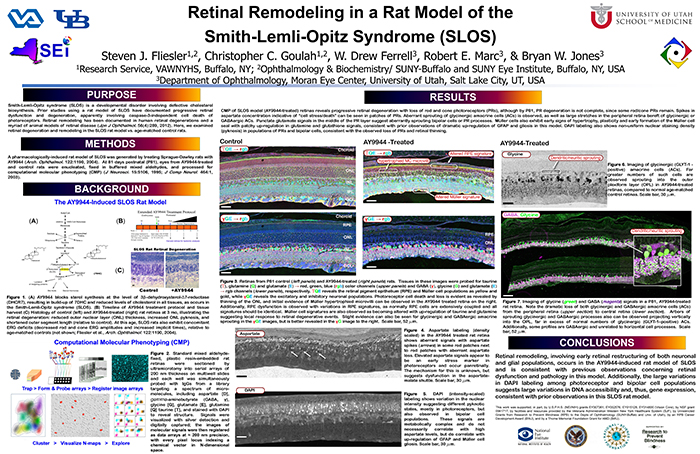
Choroidal Neoplasm
Choroidal neoplasms are tumors of the choroid of the eye. The most common intraocular tumors are in fact, malignant melanomas of the choroid which increase in frequency as we age. This case study came from a 66 year old white male who presented to the Moran Eye Center with a dark brown pigmented iris lesion …
Notable Paper: Tuning The Electronic Absorption Of Protein-Embedded All-Trans-Retinal
The pigments in retinal photoreceptor cells absorb varying wavelengths of light, but the central chromophore, the molecule that actually absorbs the photon is identical. Its ability to tune the responsiveness comes from the association with other opsins giving an organism the ability to respond from the near ultraviolet all the way to far red. Interestingly, …
Neuronal Image Sequence

The Alternative Complement Pathway Deficiency Amerliorates Chronic Smoked-Induced Functional And Morphological Ocular Injury
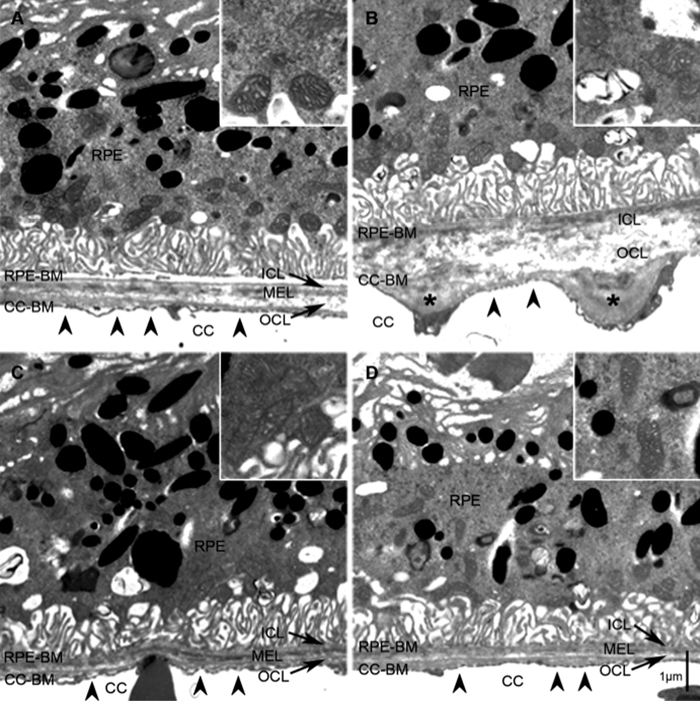
Astronaut Chris Hadfield Explains How Sight Changes In Space
I ran across this interesting vignette from Astronaut Cmdr. Hadfield (his Twitter account here) on how sight changes in space including the flattening of eyeballs, swelling around the optic nerve and the random flashes of light seen by astronauts. Cmdr. Hadfield lived on board the International Space Station for 5 months, performing experiments and doing …
Continue reading “Astronaut Chris Hadfield Explains How Sight Changes In Space”
The Cilium
With the exception of a few types of cells, (acinar cells, T lymphocytesand hepatocytes), every cell in your body has a cilia. In the vision community, we are used to seeing these structures in the distal portion of the photoreceptors. The reality is that every cell in the retina has a cilium and some cells use …
NIH RO1 Grant Submitted

Human Retina In Color
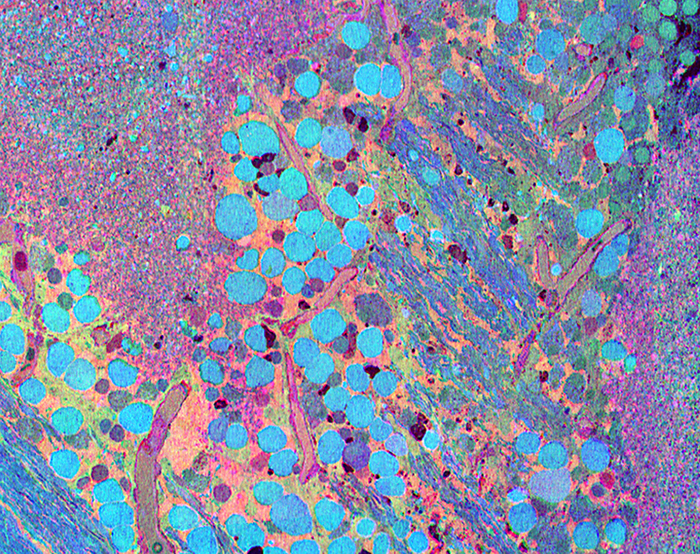
Retinal Metabolic Response to Cigarette Smoke
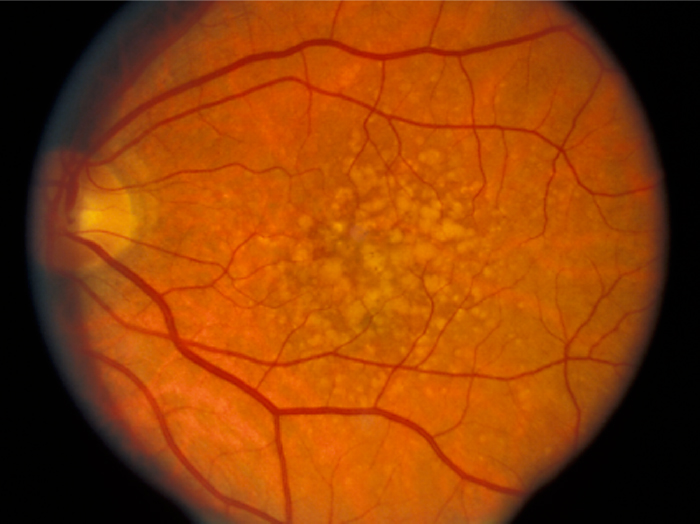
Constructive Retinal Plasticity After Selective Ablation of the Photoreceptors
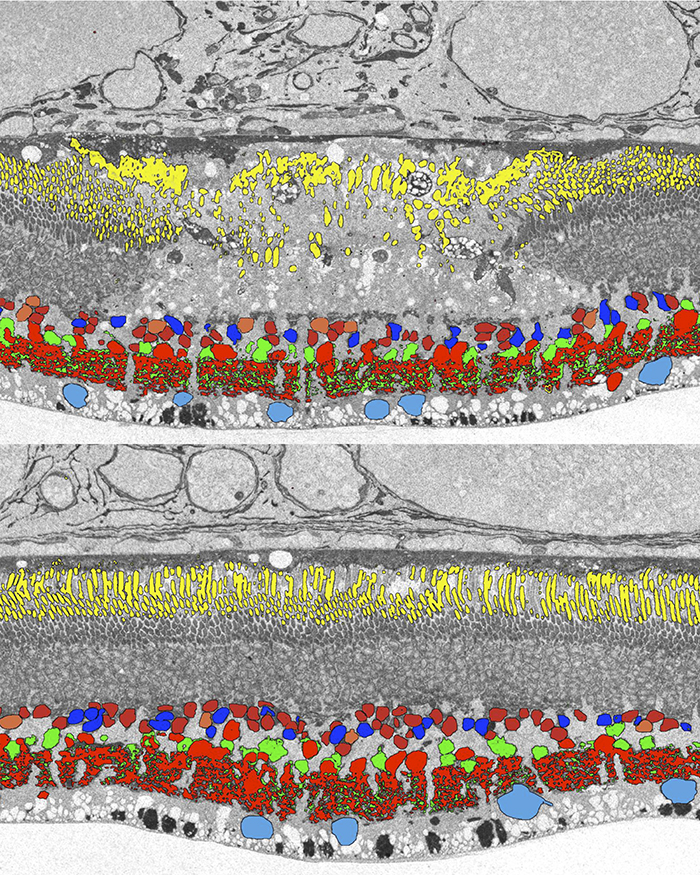
Sparse Network Principles of GABAergic Amacrine Cell Heterocellular Coupling
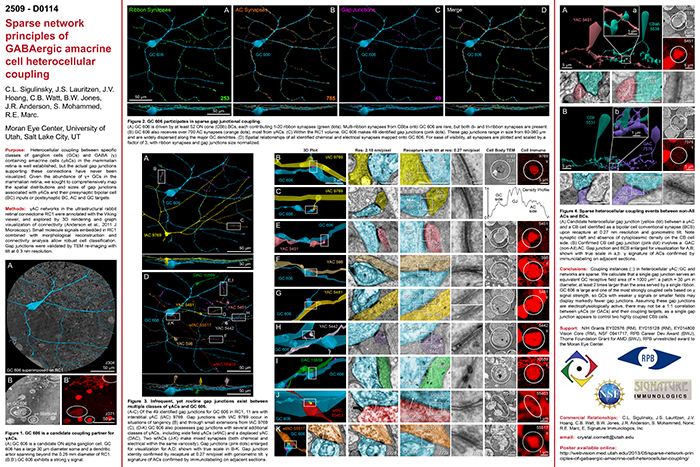
Tiered Cross-Class Bipolar Cell Gap Junctional Coupling in the Rabbit Retina

Pure Feedforward Amacrine Cells
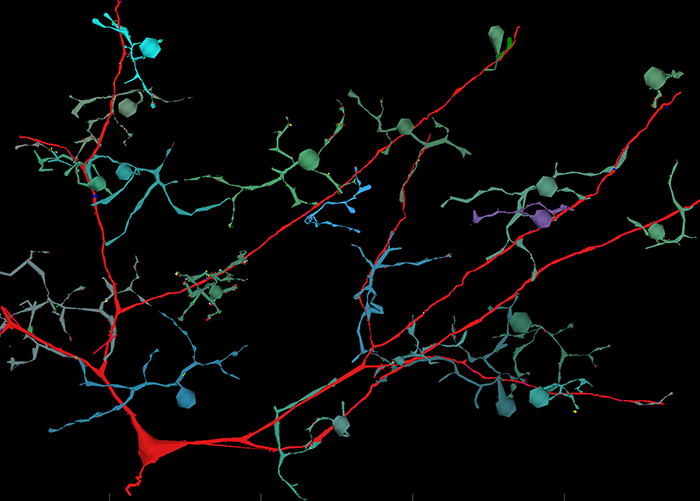
Retinal Remodeling in a Rat Model of the Smith-Lemli-Opitz Syndrome (SLOS)
